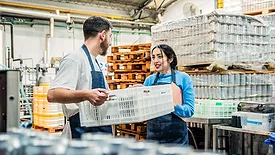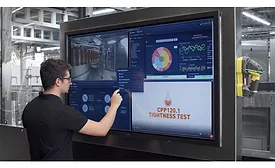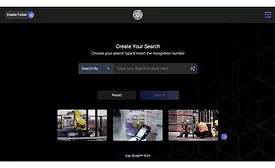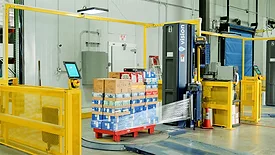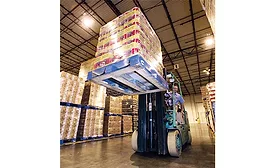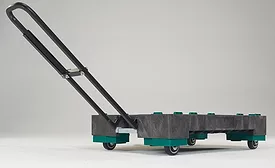Home » Keywords: » traceability
Items Tagged with 'traceability'
ARTICLES
Automation, sustainability affects reusable packaging systems
Read More
Operations
Beverage operations rely on reusable packaging
Reusable packaging systems deliver cost- and environmentally-friendly option
December 22, 2023
Reusable packaging protects planet, improves bottom line
91 percent of plastic still not recycled
January 9, 2020
FSMA regulations increase importance of traceability
Reusable container manufacturers incorporate RFID, cloud-based tracking
January 16, 2017
Innova reports top food and beverage trends of 2014
Trust, traceability could be keys to boosting consumer confidence
November 12, 2013
Elevate your expertise in the beverage marketplace with unparalleled insights and connections.
Join thousands of beverage professionals today. Shouldn’t you know what they know?
JOIN NOW!Copyright ©2026. All Rights Reserved BNP Media.
Design, CMS, Hosting & Web Development :: ePublishing
